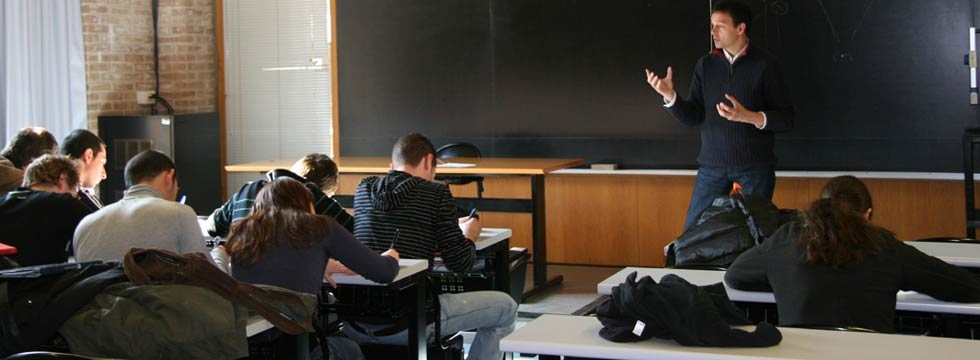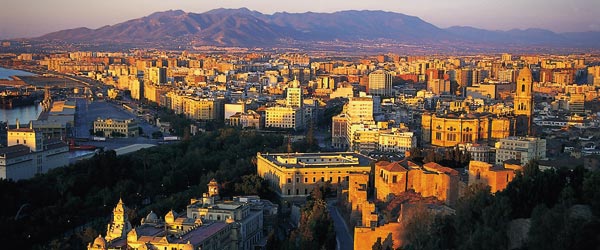Malaga and Picasso, the colours of success
The opening of the Picasso Museum has transformed the array of attractions open to visitors coming to Malaga. Now, in addition to its role as the capital of the Costa del Sol, it is also a cultural landmark on the national and international scene. Since its opening on 27 October 2003, the museum has surpassed the most optimistic forecasts, enabling visitors to enjoy over two hundred major works by an artist considered to be the towering genius of 20th-century world painting.
The permanent collection on display to visitors in the Picasso Museum in Malaga is the greatest collection of works by the genius from Malaga in Spain.
More than 200 paintings, drawings, sculptures, ceramics and engravings bear witness to the long and prolific career of the artist, from his academic roots to his final paintings in the 1960s. Most of the works are donations from the private collections of Christine Ruiz-Picasso, the artist's daughter-in-law, and Bernard Ruiz-Picasso, his grandson. A visit to the museum's twelve exhibition rooms, offers a chance to enjoy some works that are previously unseen in public, such as the paintings "Geometric still life with sheet music" (1921) and "Olga in an armchair" (1923).
In addition to the permanent collection, the museum also offers a select programme of temporary exhibitions.
Buenavista Palace
In addition to viewing Picasso's work, the museum is also a chance to visit an elegant complex of buildings whose main attraction is the Buenavista Palace. It is an excellent example of 16th-century Andalusian civil architecture, combining elements of Renaissance and Mudéjar styles.
In 1953, Picasso himself chose this building as a possible site to set up a museum in his native city. Designated a National Monument, the palace houses not only the permanent collection, but also a projection room and a bookshop, and opens out onto the garden, which makes a perfect spot to relax and enjoy some light refreshments.
In 1998, while the building was being refurbished and equipped, discovery was made of important Phoenician, Roman and Arab ruins. Most of the artefacts found are on display inside.
The museum complex also includes some twenty refurbished historic buildings alongside the palace. Thus this exceptional art gallery is fully integrated in Malaga's historic old town, at the foot of its famous Alcazaba fortress and next to the Roman theatre and Renaissance cathedral.
Picasso inherited Malaga's rich cultural heritage. A stroll through the capital of the Costa del Sol will reveal this brilliant artist's relationship with his cultural roots. In the Plaza de la Merced square, also located in the old town, you'll find the house where Picasso was born, as well as the church of Santiago where he was baptized. Also nearby is the old Jewish quarter, the Judería, which has been restored thanks to the gallery project. All these are emblematic sites that inspired much of the work of Picasso, who is considered the towering genius of 20th-century world art.
Malaga and Picasso: soul and feeling united in an explosion of colour, beauty and art, enchanting visitors with all the passion of the Mediterranean.







